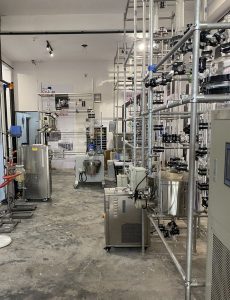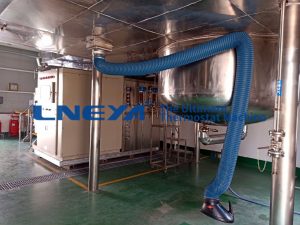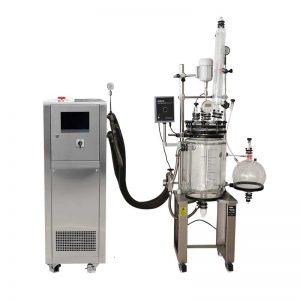What type of chiller is needed for low-temperature etching?
The low-temperature etching process usually requires extremely high precision temperature control and strong cooling ability to maintain stable operation of the etching equipment at extremely low temperatures, in order to achieve finer etching effects and optimize the performance of semiconductor devices.
For this requirement, the applicable types of coolers mainly include:
Multi channel chiller: A chiller with multiple independent temperature control circuits that can accurately control the temperature of different parts, ensuring uniform and stable temperature throughout the entire system. This is particularly important for complex etching equipment that requires maintaining different temperatures in different regions.
Low temperature chiller: This type of cooler is designed to generate and maintain extremely low temperatures, providing cooling capacity from ambient temperature to far below freezing point, suitable for low-temperature etching process requirements such as -70℃.
Closed loop refrigeration system: The closed loop system can more effectively control temperature and reduce energy consumption, suitable for etching processes that require long-term stable low-temperature operation, while reducing the impact on the external environment.
Semiconductor specific chillers: These chillers are customized to meet the needs of the semiconductor industry and have characteristics such as high-precision temperature control, fast response, low vibration, and low noise. Some are also designed with special material heat exchangers to cope with corrosive environments.
Handheld low-temperature chiller: Although not as widely used in production lines as large chillers, handheld low-temperature coolers may also be adopted in certain specific local low-temperature control or portable application scenarios due to their flexible and convenient advantages.
Therefore, the chiller used must not only achieve the required low temperature, but also be compatible and capable of handling cooling media under such special working conditions, while also having good corrosion resistance. When choosing a cooler, factors such as energy efficiency, ease of maintenance, level of intelligent control system, and ease of integration into existing production lines should also be considered.
Customization of chiller solutions
Raccomandazioni correlate
-
Quale tipo di refrigeratore può essere scelto per il raffreddamento di XRD?
1042Quale tipo di refrigeratore per il raffreddamento di XRD?
Visualizza i dettagli -
How to deal with chip failure in integrated circuit chip test?
1166The integrated circuit chip test is used in various chips, semiconductors, and component tests. Once the chip fails, the test work will stop. Therefore, the ineffective user of the integrated circuit chip test needs to know clearly. The purpose of...
Visualizza i dettagli -
What is the connection between temperature and chemical reaction?
843The chemical reaction can produce more stable products, and then as the temperature is released, the energy before the component reaction is released. On the other hand, the components of the reaction may produce different products, depending on t...
Visualizza i dettagli -
What are the requirements for the cooling and heating temperature control equipment of the 500-liter
906The 500-liter reaction kettle cooling and heating temperature control equipment is a dynamic temperature control system, a fully closed circulation pipeline, which can be automatically heated or cooled according to the process requirements. 1. A s...
Visualizza i dettagli -
What are the factors related to the selection of heating and refrigeration circulators?
944Heating and refrigeration circulators are used in many laboratory projects. They are usually equipped with reactors and reactors for cooling, heating and temperature control. Then, what factors are related to the selection of heating and cooling i...
Visualizza i dettagli
 Refrigeratori industriali LNEYA Produttore Fornitore
Refrigeratori industriali LNEYA Produttore Fornitore















